Australia’s unique combination of favorable climate, diverse landscapes, and urban planning prioritizing public spaces has created cities where outdoor living isn’t just possible—it’s practically mandatory. From coastal metropolises with beach cultures to inland communities with extensive parklands, these urban centers blur the boundaries between city life and natural environments.
Here is a list of 17 Australian cities that offer exceptional opportunities for those who prefer their daily lives to unfold under open skies.
Darwin, Northern Territory
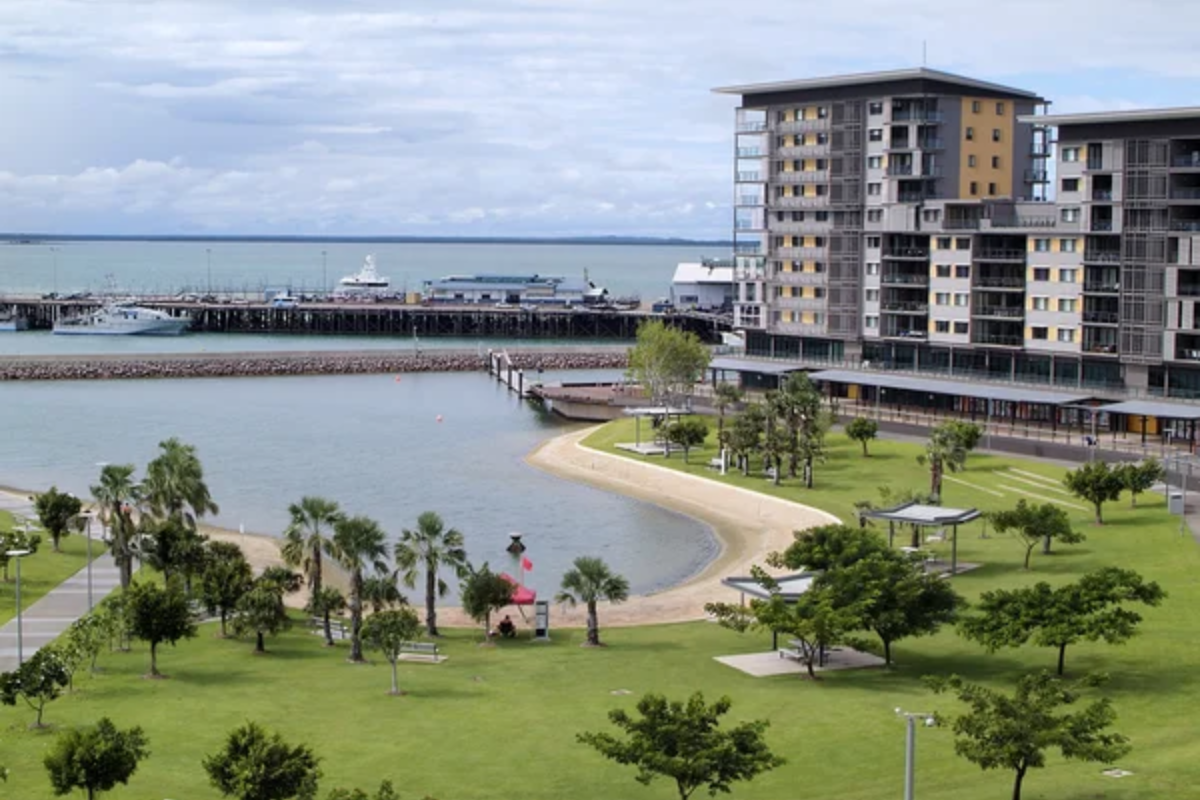
The tropical capital of Australia’s Northern Territory embraces its outdoor lifestyle year-round with infrastructure specifically designed for equatorial conditions. The Waterfront Precinct features a man-made beach with a mesh barrier protecting swimmers from marine stingers and crocodiles, allowing safe ocean swimming in a region where natural beaches remain off-limits due to dangerous marine life.
Nightcliff and Mindil Beach markets transform public spaces into outdoor dining rooms where multicultural food stalls operate beneath massive old-growth trees, providing natural shade from the tropical sun. The city’s extensive bike path network follows the coastline past mangrove forests and World War II historical sites, creating commuting routes that double as tourism experiences—all in a climate where winter temperatures rarely drop below 75°F even during the mild dry season between May and September.
Hobart, Tasmania
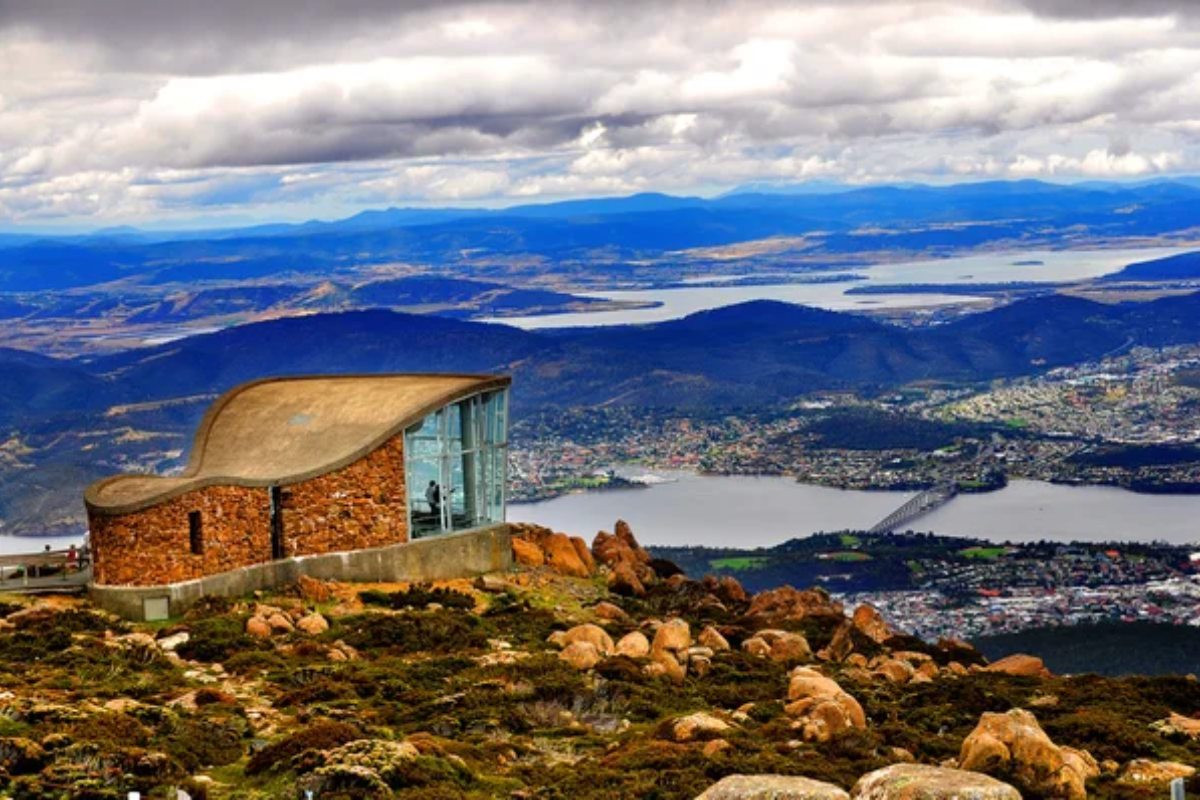
Australia’s southernmost capital sits where mountains meet the sea, creating a compact urban environment where wilderness experiences begin literally at city limits. The looming presence of Kunanyi/Mount Wellington provides both a dramatic backdrop and playground for mountain bikers, hikers, and climbers who can travel from downtown cafés to alpine environments in under 30 minutes via a road ascending over 4,000 feet.
The working waterfront along the Derwent River hosts international sailing events and weekly farmers markets at Salamanca Place, where nineteenth-century sandstone warehouses now house galleries and restaurants with extensive outdoor seating areas sheltered from the sometimes brisk Tasmanian breeze. The city’s cool climate creates perfect conditions for the numerous craft breweries and distilleries operating with outdoor tasting areas where visitors sample products made with the island’s exceptionally pure water and locally grown ingredients.
Like Travel Pug’s content? Follow us on MSN.
Cairns, Queensland
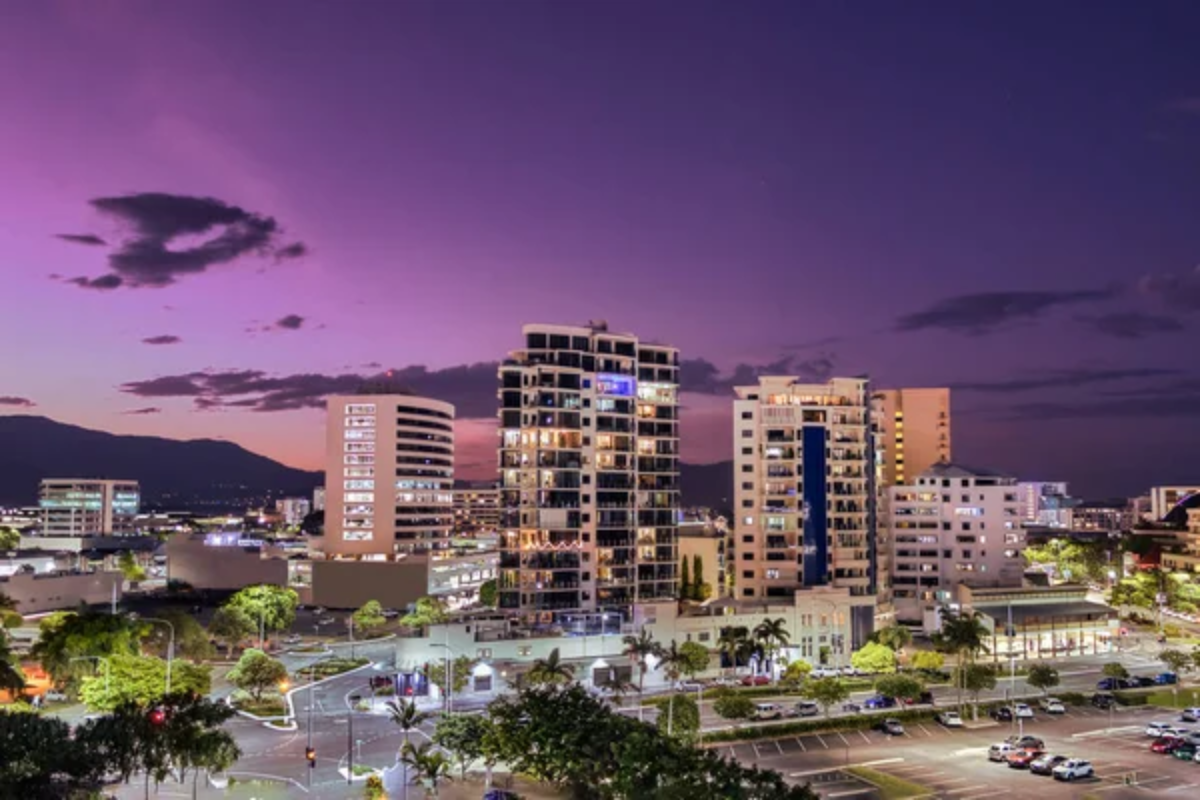
This tropical gateway to the Great Barrier Reef embraces its outdoor identity through clever urban design that accommodates both torrential wet season rainfall and intense tropical sunshine. The Esplanade Lagoon provides a 4,800-square-meter saltwater swimming facility offering safe alternatives to ocean swimming during seasonal marine stinger seasons, surrounded by free public barbecue facilities and extensive green spaces hosting outdoor fitness classes from dawn until dusk.
The nearby Botanic Gardens accommodate tropical downpours through innovative drainage systems that create ephemeral wetlands supporting abundant birdlife within walking distance of downtown hotel districts. The seasonal outdoor lifestyle adapts to distinct wet and dry patterns, with covered outdoor dining areas implementing cooling mist systems during drought periods and seamless indoor-outdoor transitions during monsoonal months when afternoon showers briefly interrupt otherwise perfect outdoor conditions.
Adelaide, South Australia

Designed from its founding around a distinctive belt of parklands completely encircling the city center, South Australia’s capital offers exceptional public green spaces within minutes of any urban location. The Adelaide Parklands Trail creates a 24-mile circuit connecting diverse environments, from formal gardens to wild riverside trails, accessible from virtually any point in the central business district via short walks across the green ring surrounding the city grid.
The Mediterranean climate supports year-round outdoor dining along pedestrianized streets like Leigh and Peel, where restaurants spill onto sidewalks shaded by carefully positioned trees selected for both aesthetics and practical sun protection. The city’s famous Central Market operates with semi-outdoor spaces where shoppers select fresh produce, artisanal cheeses, and specialty foods from producers across the state—creating an environment that captures the essence of outdoor market culture while providing enough cover to operate regardless of weather conditions.
Fremantle, Western Australia
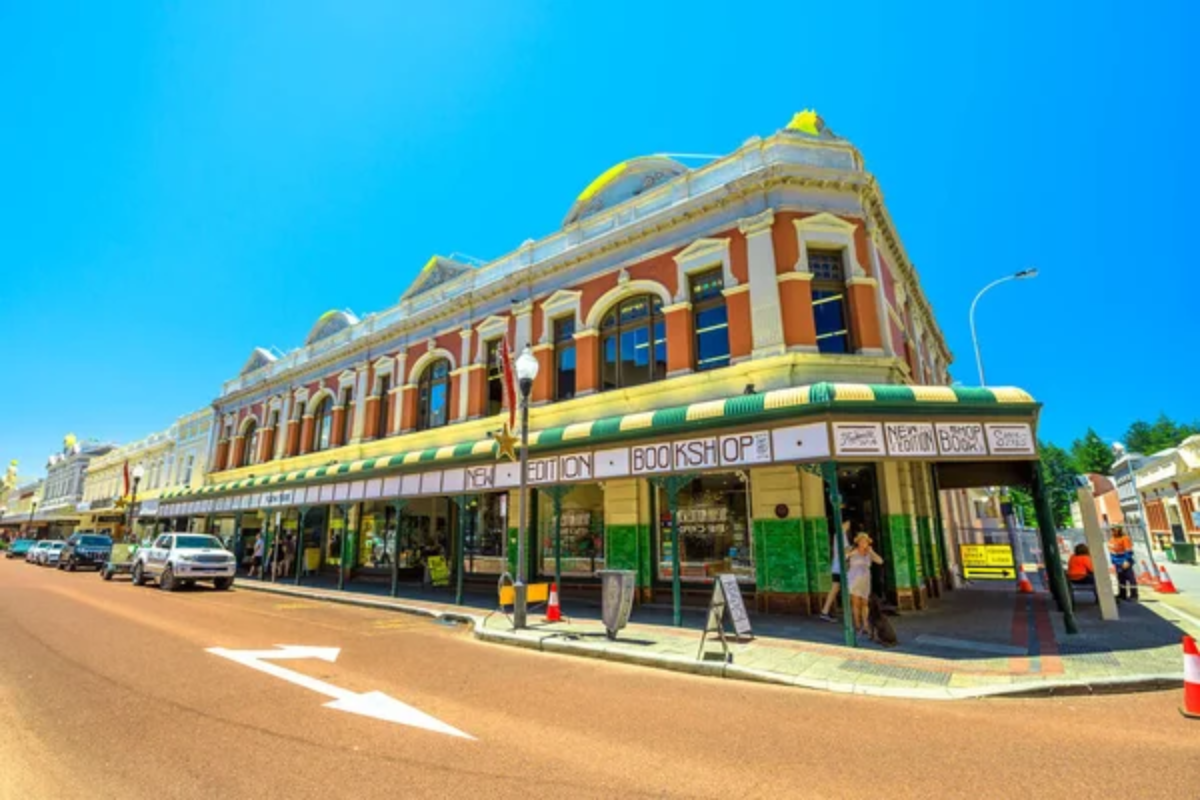
This historic port city adjacent to Perth embraces its maritime heritage through public spaces oriented toward the Indian Ocean and Swan River confluence. The famous “Freo Doctor”—a reliable afternoon sea breeze—provides natural cooling during summer months, creating perfect conditions for the outdoor dining districts along South Terrace’s “Cappuccino Strip,” where tables spread across closed streets on weekend evenings.
The working fishing boat harbor transitions seamlessly to a leisure precinct where seafood restaurants serve morning catches just meters from where they were unloaded at dawn. Extensive cycle paths connect riverside parklands and ocean beaches along flat terrain that accommodates riders of all abilities, creating transportation networks that double as recreation facilities, connecting residential areas to commercial districts through pleasant natural corridors rather than congested roadways.
Like Travel Pug’s content? Follow us on MSN.
Byron Bay, New South Wales
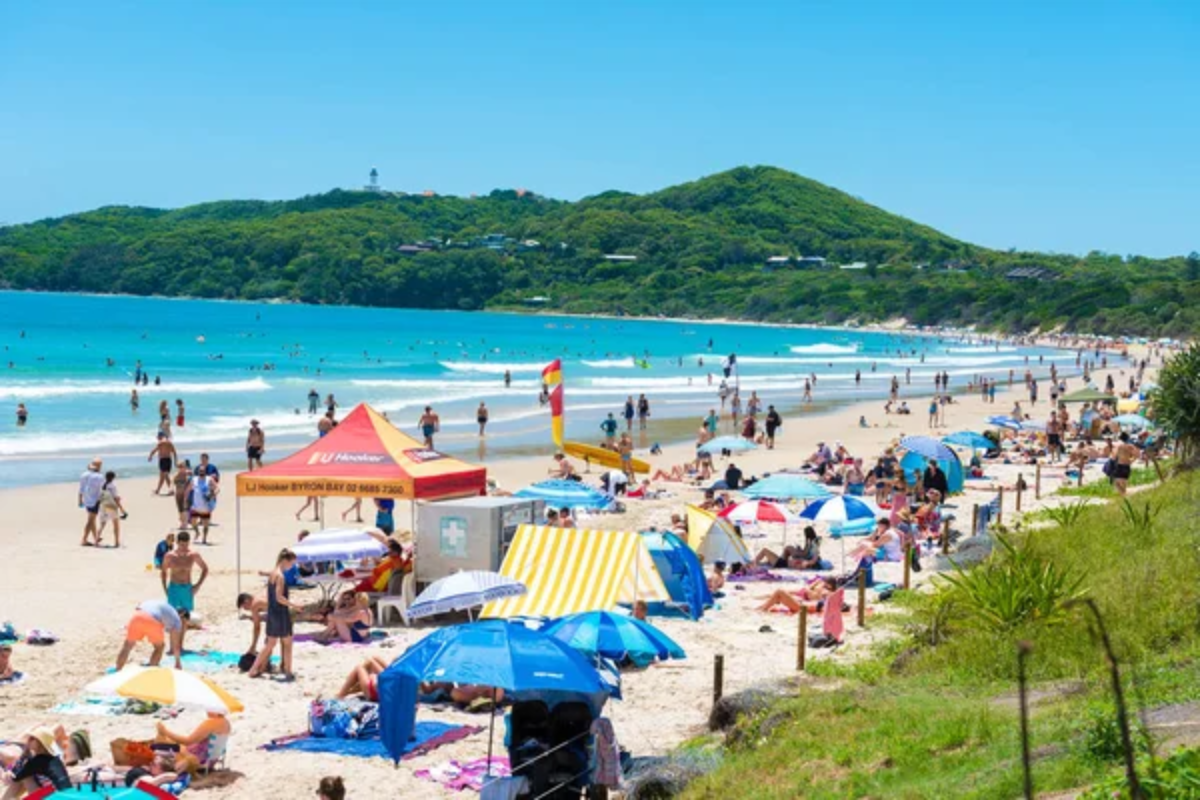
This coastal community has evolved from a sleepy surf town to an international lifestyle destination while maintaining its commitment to outdoor living principles and environmental consciousness. The city’s centerpiece remains its spectacular curved beach overlooked by a historic lighthouse perched on Australia’s easternmost point, connected to town via a walking path offering near-guaranteed dolphin and seasonal whale sightings.
The outdoor-focused business district restricts vehicle access during peak periods, creating pedestrian flow between boutique shops and restaurants with extensive courtyard dining areas shaded by native plantings and tensioned fabric providing protection from both sun and occasional subtropical showers. The surrounding hinterland offers accessible rainforest walks through protected nature reserves, allowing residents to experience both beach and forest environments within the same day without venturing more than a few miles from the town center.
Broome, Western Australia
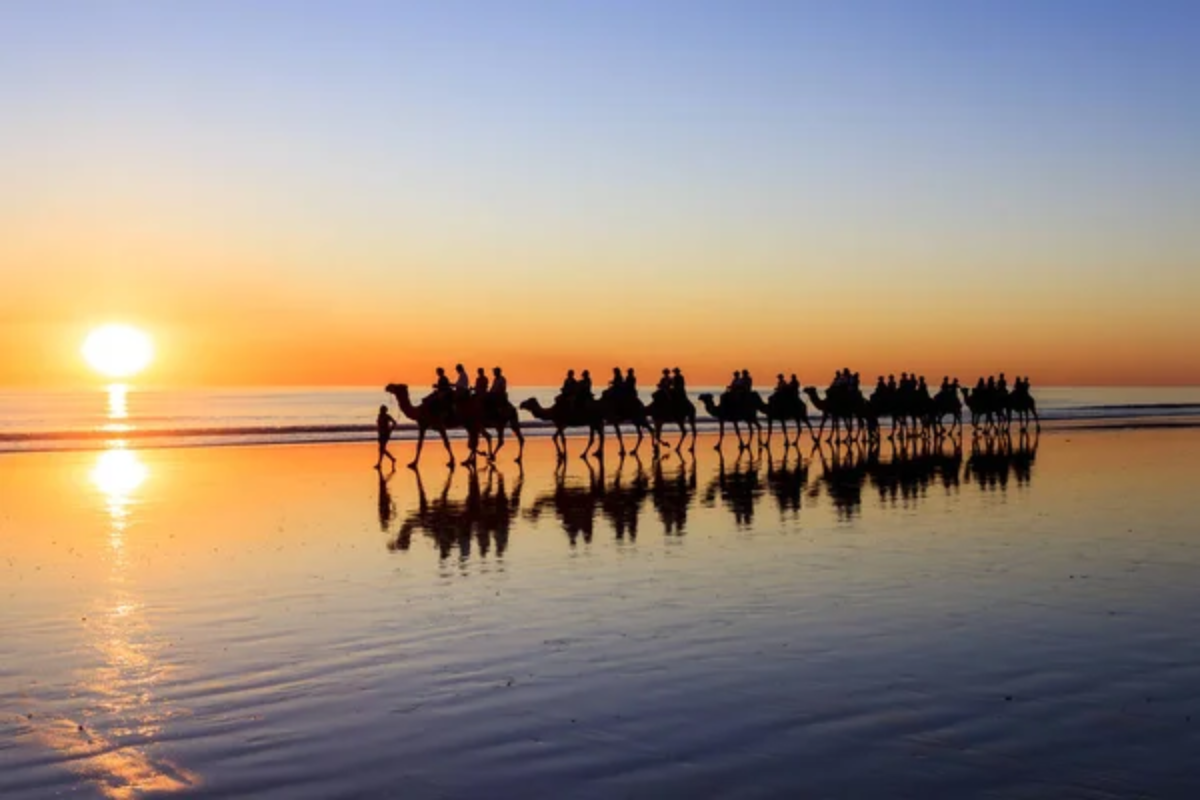
This remote pearling port on Australia’s northwestern coast incorporates its outdoor identity through architecture specifically designed for its extreme tropical climate and remarkable natural setting. The famous Cable Beach stretches 14 miles with firm sand that becomes a public thoroughfare at low tide when locals drive 4WD vehicles to favorite fishing and sunset-viewing positions along its length.
The town’s distinctive architectural style features elevated buildings with wraparound verandas offering protection from both intense sunshine and seasonal monsoon rains while maximizing exposure to cooling ocean breezes. Outdoor cinema traditions continue at Sun Pictures—the world’s oldest operating picture garden—where movies screen under tropical stars in the same location since 1916, with brief pauses when passenger jets pass overhead on their approach to the nearby airport—a quirky local experience illustrating the intimate scale of this remarkable outdoor-focused community.
Coffs Harbour, New South Wales
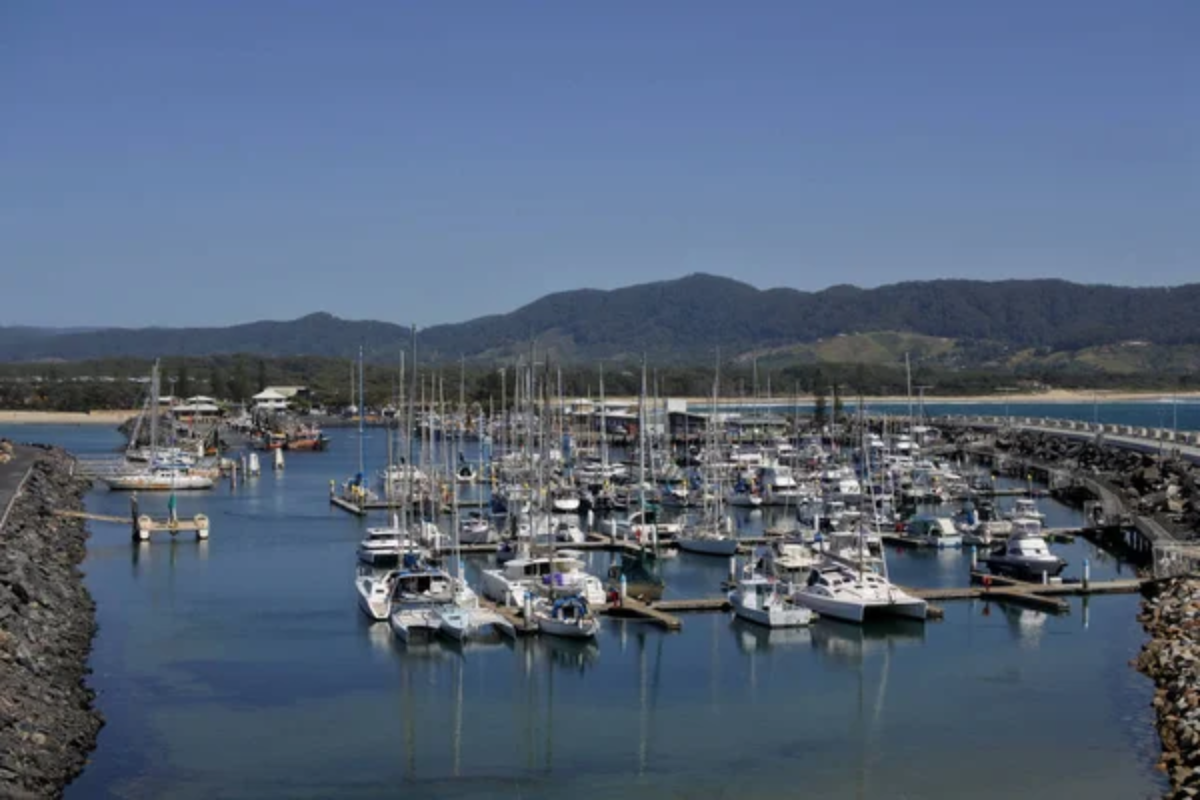
This coastal city positioned midway between Sydney and Brisbane has transformed from an agricultural center to a lifestyle destination while maintaining its connection to both the Pacific Ocean and the surrounding subtropical hinterland. The harbor’s natural amphitheater shape creates protected swimming conditions alongside working fishing fleet operations, with restaurants serving freshly unloaded catches at tables overlooking the same waters where their seafood was harvested hours earlier.
The Solitary Islands Marine Park offshore protects diverse ecosystems accessible to snorkelers and divers of all experience levels, with excellent visibility and comfortable water temperatures throughout most of the year, making ocean activities central to community life. The surrounding mountains include protected World Heritage rainforests with walking tracks ranging from accessible boardwalks through ancient Gondwana ecosystems to challenging multi-day wilderness hikes—all beginning less than 20 20-minute drive from the city center.
Like Travel Pug’s content? Follow us on MSN.
Townsville, Queensland
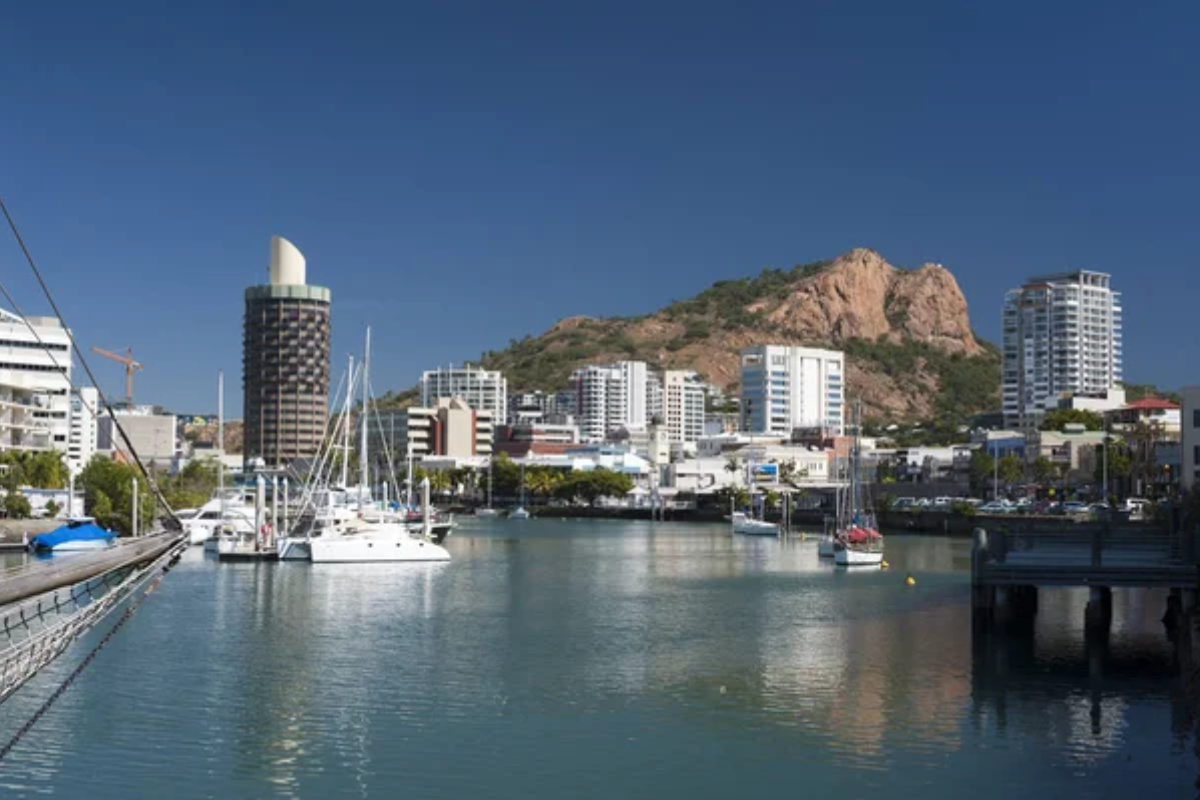
North Queensland’s administrative center combines its tropical location with surprisingly low rainfall, creating one of Australia’s sunniest cities with infrastructure designed to maximize outdoor living despite the occasional intense heat. The spectacular Strand waterfront promenade extends for 1.5 miles along the Coral Sea shoreline with free fitness equipment stations, numerous children’s water play areas, and protected swimming enclosures providing safe ocean access during marine stinger seasons.
Magnetic Island, visible just offshore, creates a dramatic backdrop to the city’s outdoor dining districts, with regular ferry services connecting the mainland to hiking trails and secluded beaches just 20 minutes across Cleveland Bay. The impressive Riverway precinct follows the Ross River through suburbs with extensive swimming lagoons, barbecue facilities, and cultural venues designed to activate public space through outdoor performances and markets that capitalize on reliable weather patterns allowing year-round programming with minimal cancellations.
Noosa, Queensland
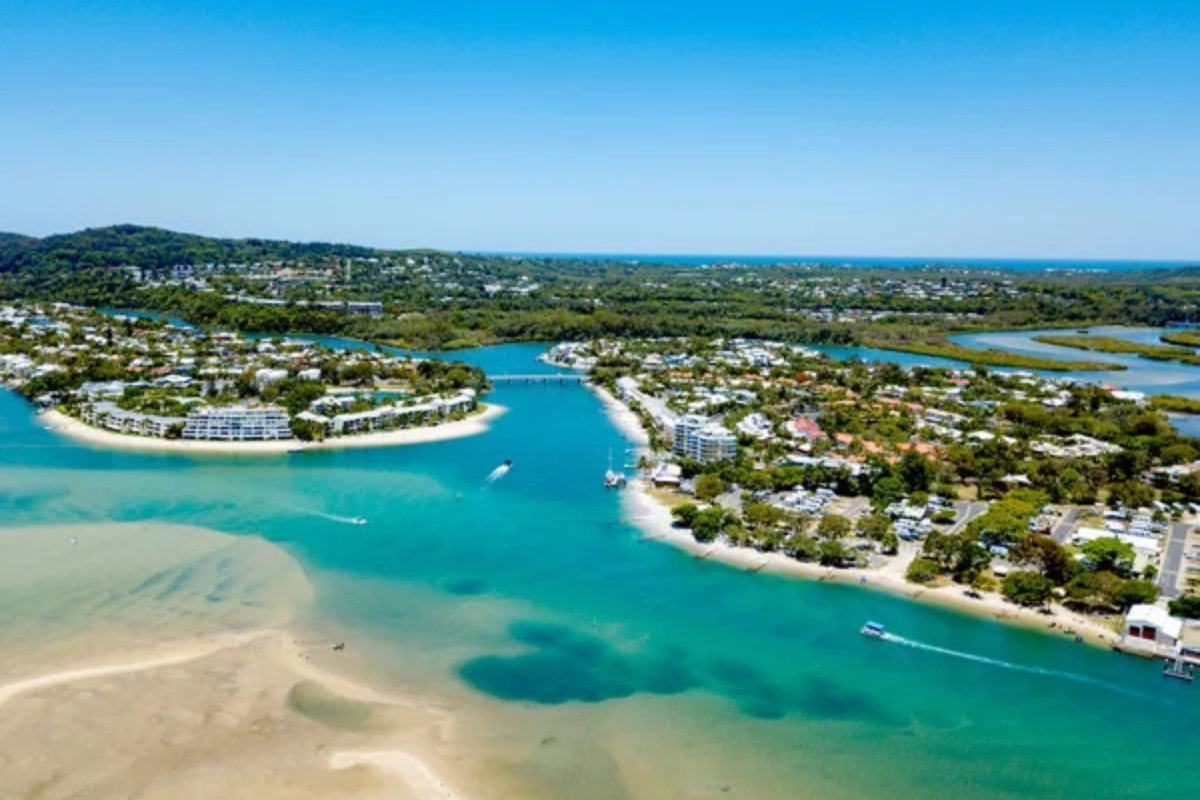
This sophisticated beach community on the Sunshine Coast has implemented some of Australia’s strictest development controls to preserve both natural environments and outdoor living opportunities across its territory. The Main Beach faces north rather than east like most Australian beaches, providing protection from prevailing ocean swells and creating perfect swimming conditions alongside a national park where koalas frequently appear in waterfront trees along walking paths connecting multiple sandy coves.
The famous Hastings Street shopping and dining precinct operates as a semi-outdoor environment where restaurants blur boundaries between interior and exterior spaces through retractable walls and cleverly designed shade structures accommodating year-round al fresco dining despite occasional summer rain events. The extensive network of waterways through the Noosa River system creates numerous microclimates within minutes of the main beach, allowing residents to select environments ranging from ocean surf to protected inland waters depending on daily weather conditions and personal preferences.
Newcastle, New South Wales
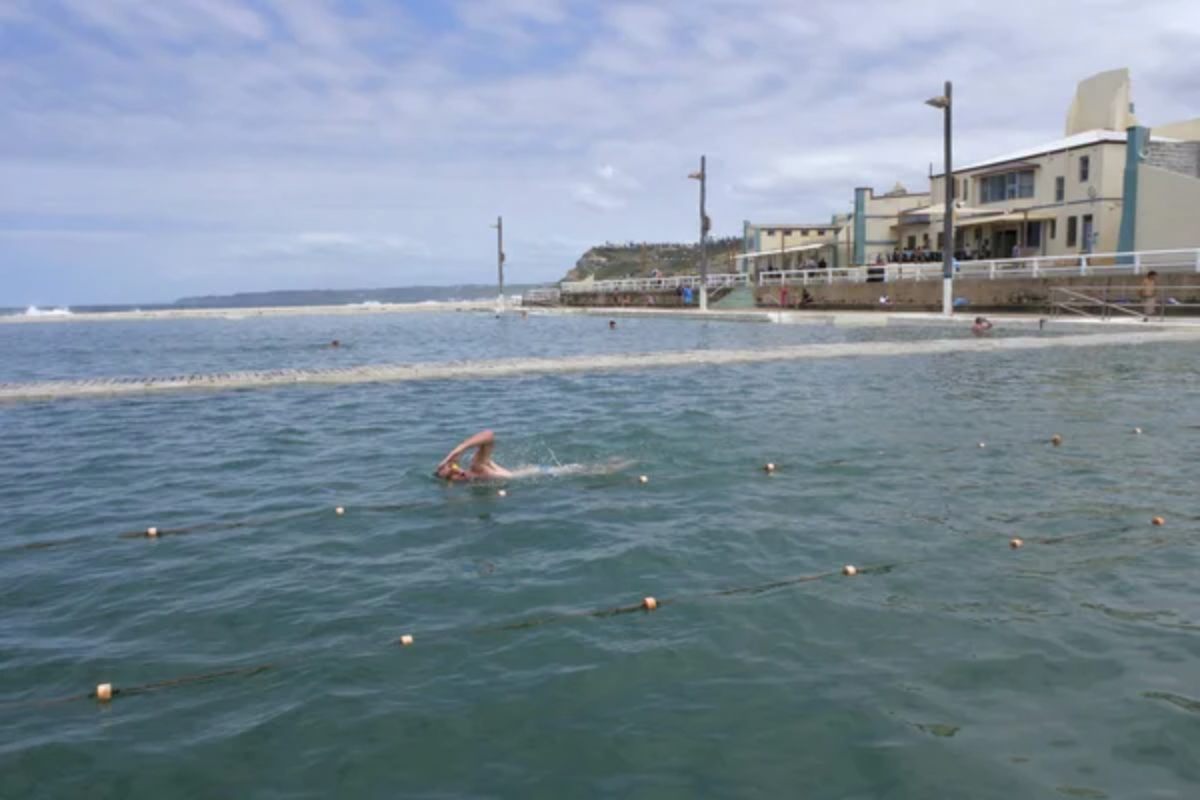
This former industrial city has reinvented itself through urban renewal focused on its exceptional natural setting between the Pacific Ocean and Hunter River. The Bathers Way coastal walk connects multiple ocean pools carved into natural rock platforms—free public swimming facilities dating from the early twentieth century that continue to serve as community gathering places where residents exercise from dawn until dusk, regardless of season.
The harbor redevelopment has transformed former shipping terminals into pedestrian precincts where outdoor dining areas overlook the working port still operating alongside recreational zones. The extensive urban renewal includes Blackbutt Reserve—over 182 hectares of natural bushland surrounded by suburban development yet offering encounters with native wildlife, including koalas and kangaroos, within minutes of downtown apartments.
The city’s outdoor focus extends to transportation planning with an extensive bicycle network connecting coastal paths to inner suburbs through dedicated infrastructure separated from vehicular traffic.
Like Travel Pug’s content? Follow us on MSN.
Gold Coast, Queensland
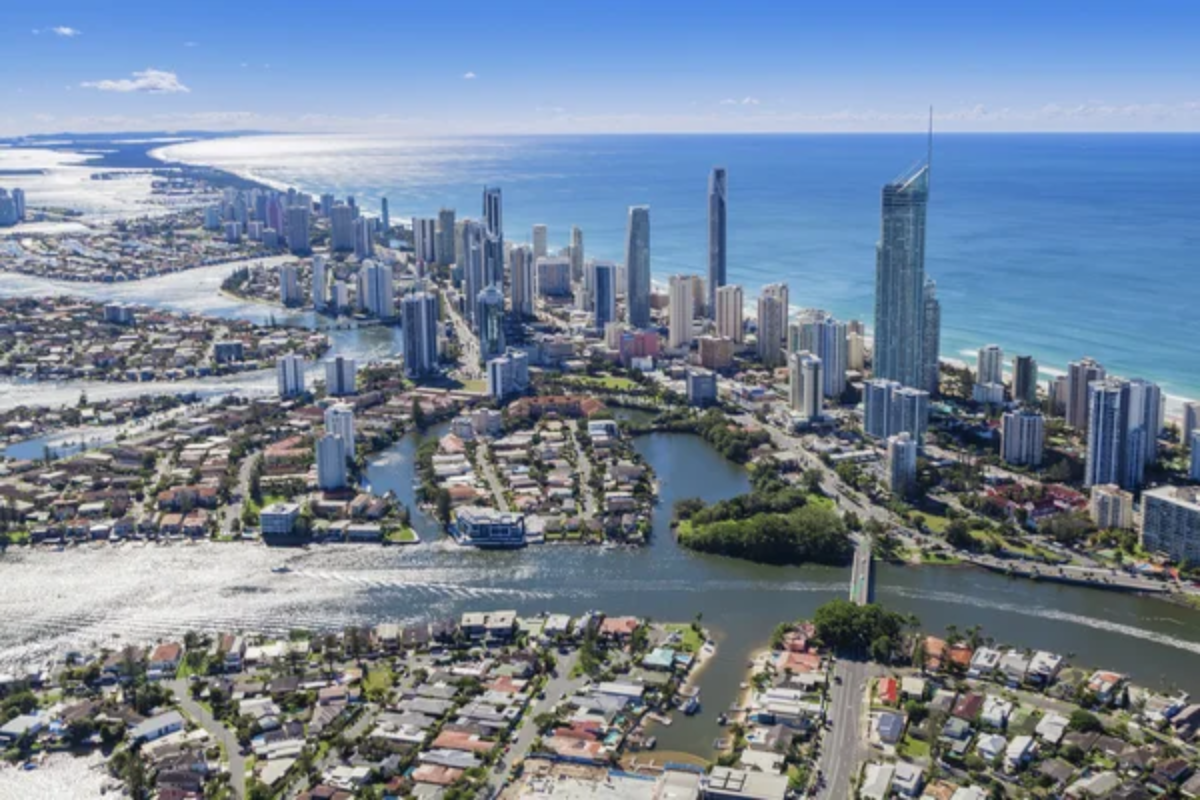
Australia’s sixth-largest city stretches along 44 miles of coastline with urban development designed to maximize ocean access and outdoor recreation opportunities throughout its linear layout. The extensive canal system creates waterfront living opportunities extending miles inland from the famous surfing beaches, with residential areas connected by pedestrian bridges and water taxi services operating as practical transportation rather than merely tourist attractions.
The natural setting between the ocean and mountainous hinterland provides microclimates, allowing residents to choose between coastal conditions and cooler elevated environments, often just 20 minutes’ drive apart. The city’s famous theme parks incorporate outdoor entertainment designed specifically for the subtropical climate, with water parks operating year-round and evening activities programmed to capitalize on reliably mild temperatures even during winter months when southern Australian cities experience significant seasonal cooling.
Launceston, Tasmania
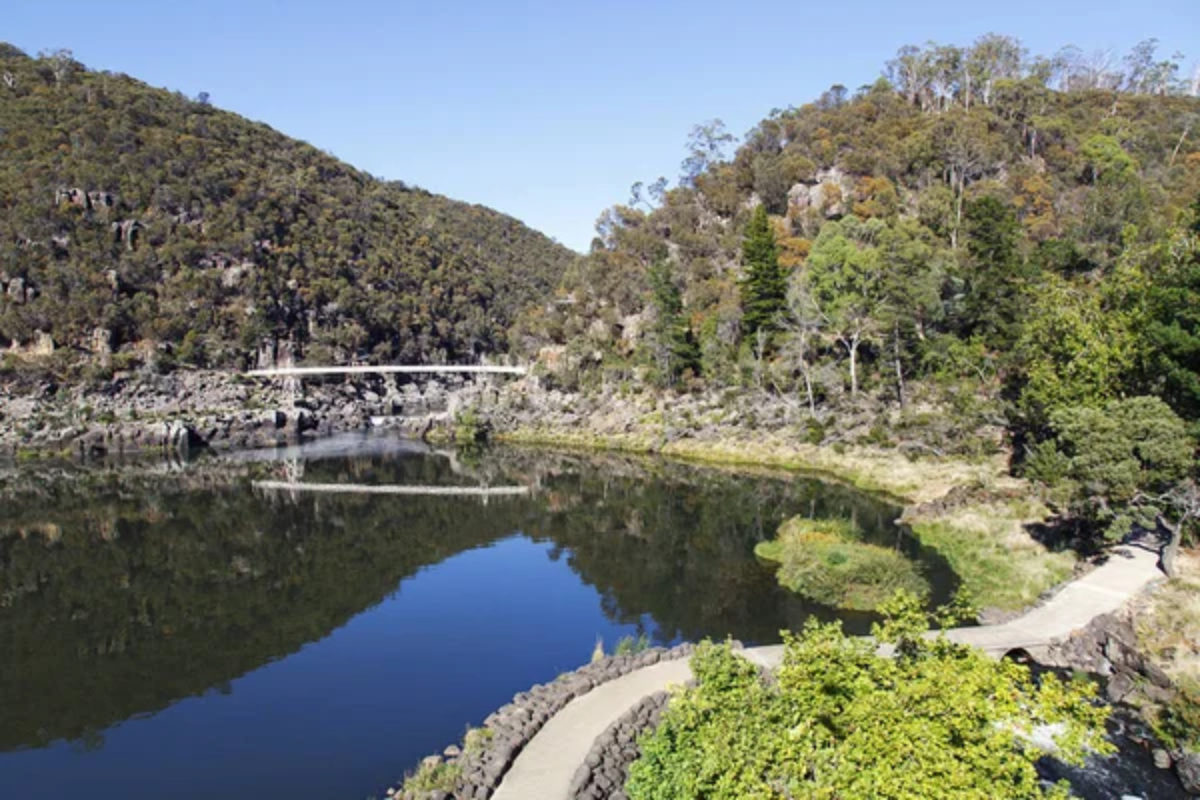
Tasmania’s second city centers around the spectacular Cataract Gorge—a dramatic natural feature with swimming areas, extensive walking trails, and the world’s longest single-span chairlift offering aerial views across the river canyon just minutes from downtown streets. The city’s Victorian-era public parks include City Park with its famous Japanese macaque monkey enclosure—an unusual urban wildlife experience continuing a tradition established in 1885 when the animals were first gifted to the city by the Japanese port of Ikeda.
The nearby Tamar Valley wine region begins virtually at city limits, with cellar doors offering outdoor tasting areas overlooking vineyards producing cool-climate wines particularly noted for exceptional pinot noir and sparkling varieties comparable to French champagne. The compact urban footprint means mountain bike trails at Trevallyn and Kate Reed reserves begin less than two miles from central business districts, allowing outdoor recreation to be integrated into daily commuting patterns rather than reserved for weekend excursions.
Albany, Western Australia
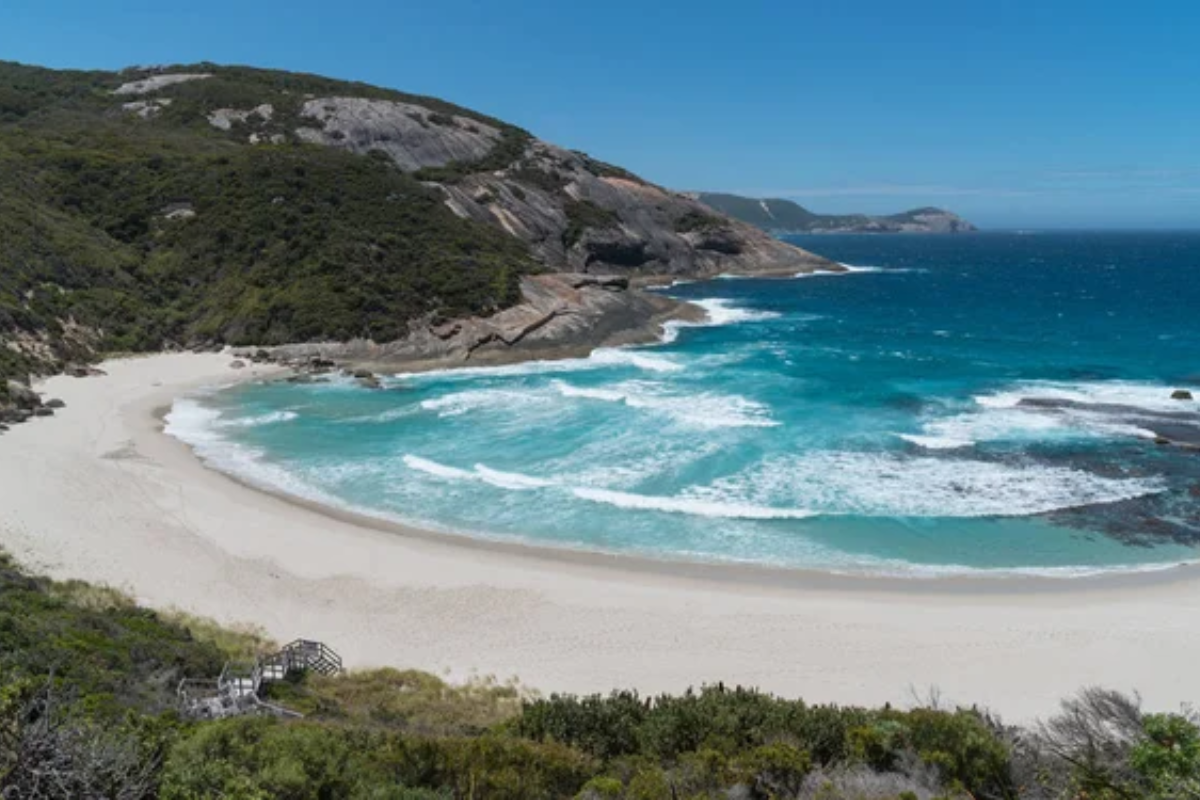
Positioned on a spectacularly rugged section of Western Australia’s southern coastline, this historic port has developed around a series of protected harbors creating diverse maritime environments within a single municipality. The Natural Bridge and The Gap along the Torndirrup Peninsula showcase the raw power of the Southern Ocean with accessible viewing platforms cantilevered over granite cliffs that have been shaped by waves traveling uninterrupted from Antarctica.
The protected harbors of Princess Royal Harbour and Oyster Harbour provide calm water recreation areas where prevailing westerly winds that create challenging conditions along exposed coastlines are transformed into perfect sailing environments within sight of ocean breakers. The Mediterranean climate supports exceptional outdoor dining opportunities, particularly showcasing seafood harvested from the clean waters of the Great Southern region and wines from nearby vineyards where maritime influences create growing conditions similar to renowned French regions.
Like Travel Pug’s content? Follow us on MSN.
Port Douglas, Queensland
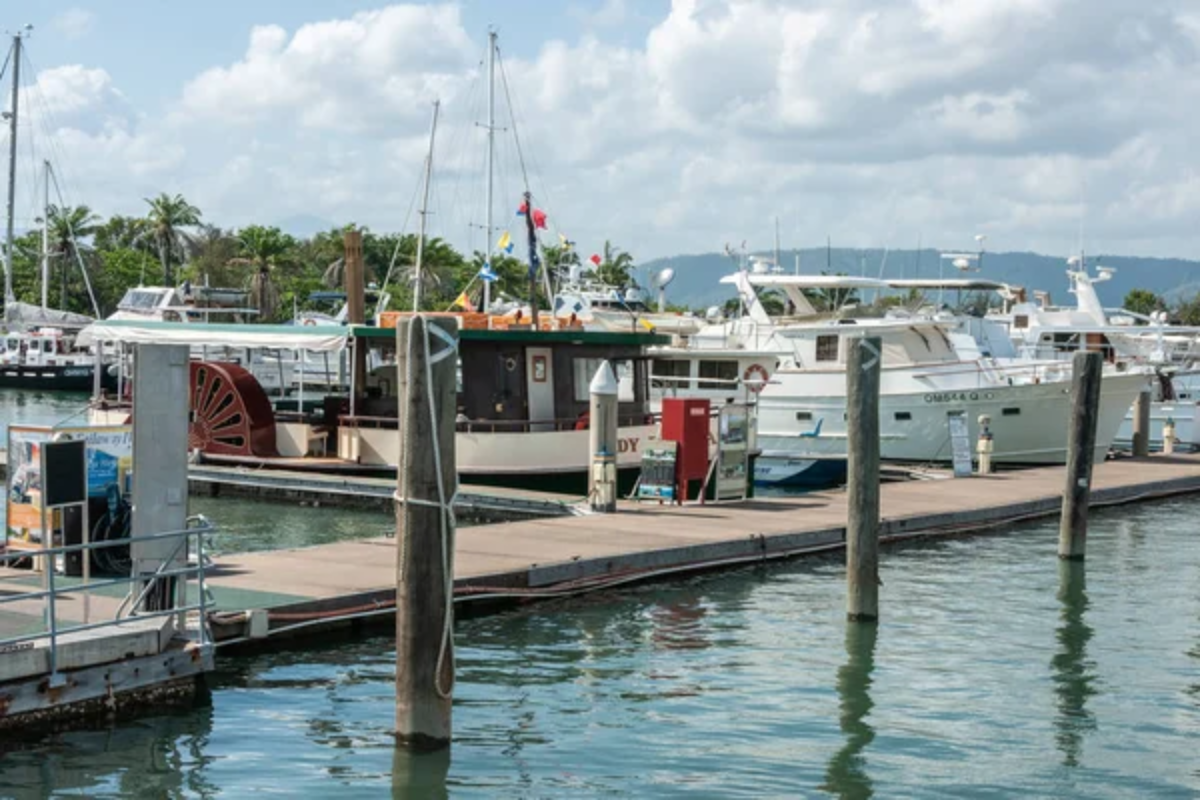
This tropical resort town has implemented development controls preserving both its small-town character and access to two World Heritage environments—the Great Barrier Reef and the Daintree Rainforest. The Four Mile Beach remains undeveloped along its entire length due to strict building setback requirements, creating an uninterrupted natural playground where morning fitness classes, sunset horse rides, and midday swimming all occur without commercial beach facilities interrupting the pristine coastal environment.
The main street features heritage building codes requiring weather protection through covered walkways and traditional Queensland architecture with wide verandas and abundant natural ventilation supporting comfortable outdoor dining without reliance on air conditioning despite tropical temperatures. The surrounding countryside includes agricultural areas producing exotic tropical fruits showcased at the weekly market that transforms the waterfront park into an outdoor food hall where visitors sample produce grown in volcanic soils from nearby tablelands.
Wollongong, New South Wales
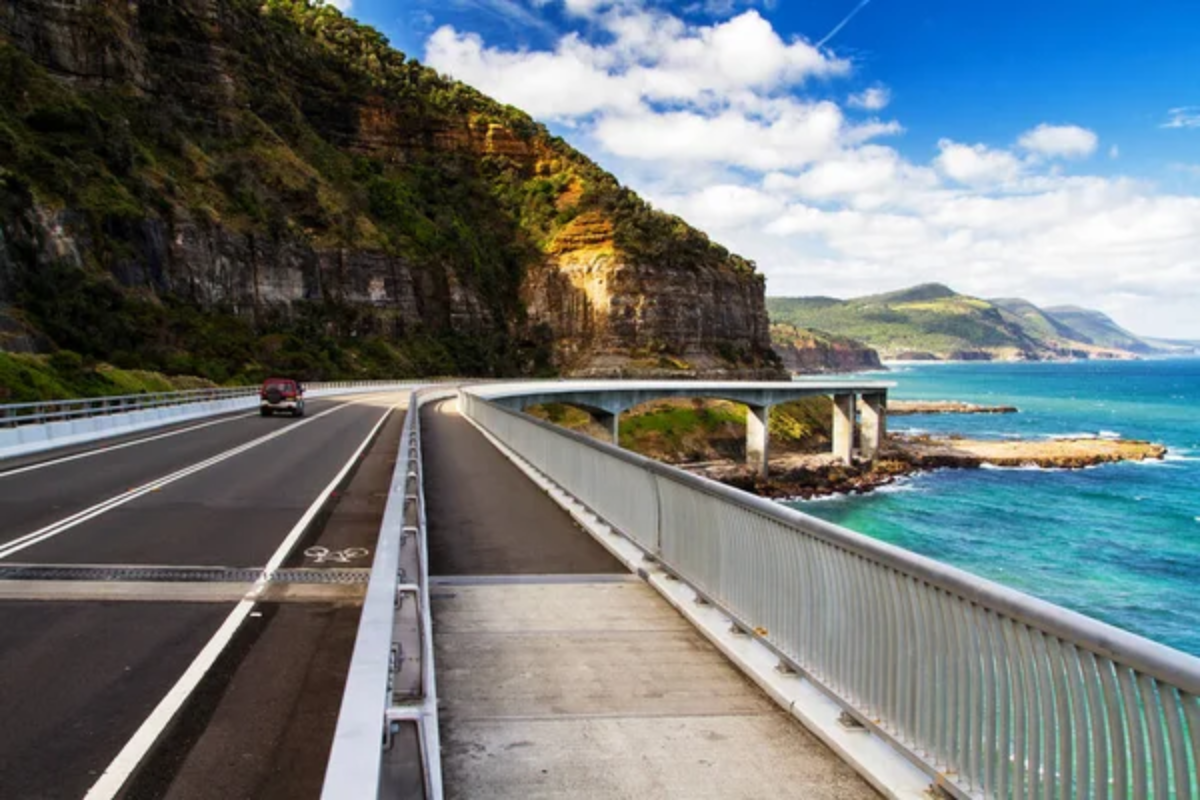
Sandwiched between the forested escarpment and the Pacific Ocean just 50 miles south of Sydney, this former industrial center has repositioned itself as an outdoor lifestyle destination capitalizing on its dramatic natural setting. The 17-mile Wollongong Coastal Path creates a continuous public space connecting multiple beaches, rock pools, and headlands with facilities ranging from formal ocean pools to untouched coastal environments suitable for experienced surfers seeking challenges beyond the patrolled swimming areas.
The escarpment rising steeply behind suburban areas provides both a dramatic backdrop and recreation zone with mountain biking trails at Mt. Keira and numerous lookouts accessible via challenging hiking tracks that reward climbers with panoramic ocean views. The multicultural community influences outdoor dining options along Crown Street’s restaurant precinct, where Mediterranean and Asian culinary traditions particularly suited to al fresco environments thrive alongside contemporary Australian cuisine showcasing seafood harvested offshore that same day.
Ballarat, Victoria
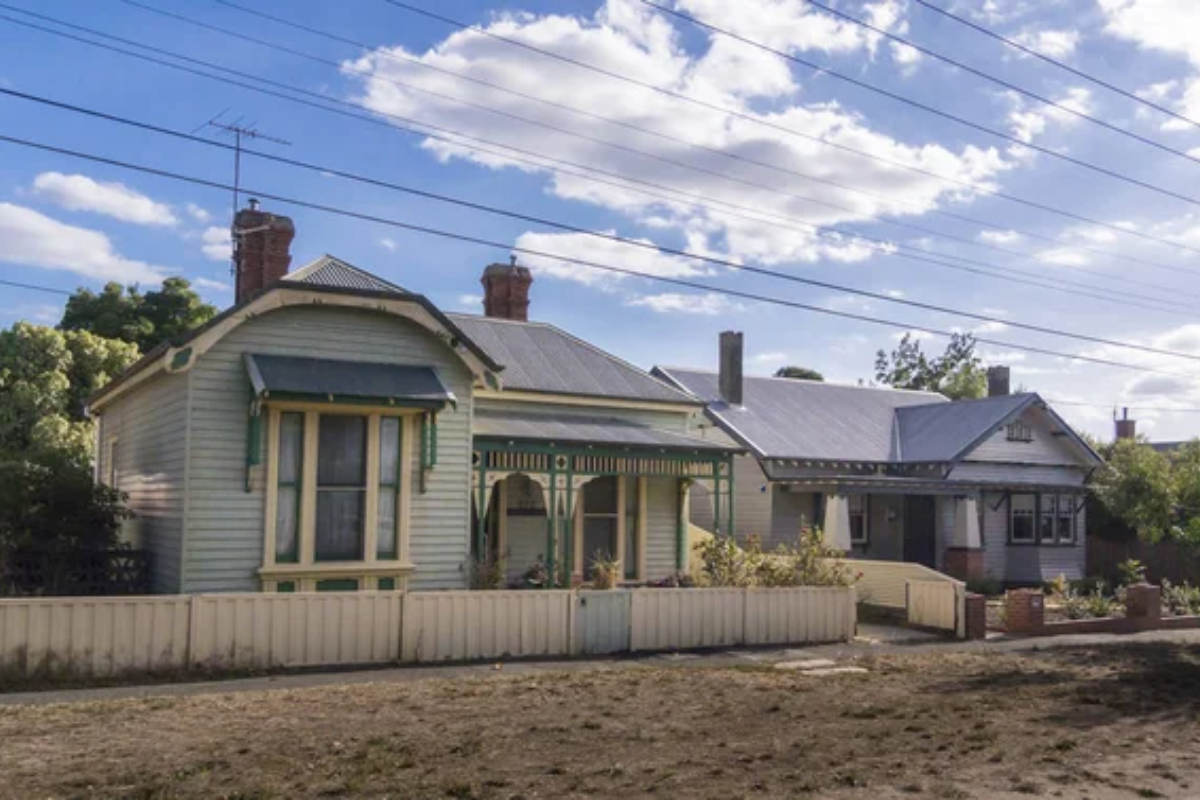
Despite its inland location and cooler climate, this historic gold rush city has developed exceptional outdoor facilities, drawing on both its mining heritage and extensive natural lake system. The spectacular Lake Wendouree, surrounded by historic mansions, features a 6-kilometer recreational path hosting runners, cyclists, and walkers throughout the year despite occasionally harsh winter conditions common to the Central Highlands region.
The nearby Sovereign Hill recreates 1850s gold mining conditions across a 25-acre outdoor museum where costumed performers maintain period authenticity while demonstrating traditional crafts and mining techniques that shaped early Australian settlement patterns.
The Ballarat Botanical Gardens, established in 1858, maintains traditional Victorian-era formal design elements while incorporating modern outdoor entertainment facilities, hosting summer concerts and cinema events when milder weather allows comfortable evening activities beneath century-old trees planted during the city’s prosperous mining era.
Like Travel Pug’s content? Follow us on MSN.
Natural Urban Balance
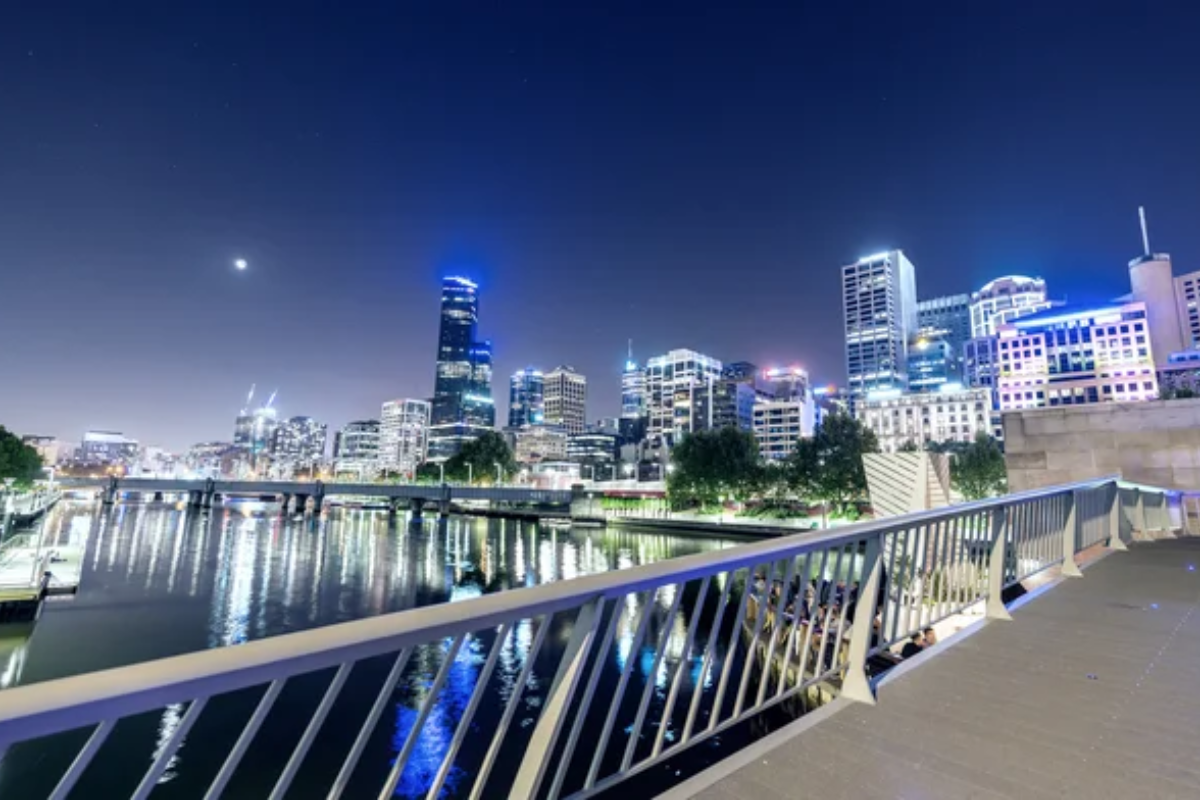
These Australian cities demonstrate innovative approaches to urban living that prioritize connection to natural environments while providing necessary services and amenities expected in contemporary communities. Their success in balancing development with environmental preservation offers valuable models for growing urban centers worldwide facing increasing pressure to maintain livability while accommodating expanding populations.
For residents and visitors alike, these cities provide daily reminders that urban environments need not separate people from nature but can instead create frameworks where the two exist in a harmonious relationship—places where morning swims, midday park lunches, and evening outdoor dining become standard components of daily routines rather than occasional weekend treats.
This integration of natural elements into urban environments creates cities that feel designed for human well-being rather than merely economic efficiency—a distinctly Australian contribution to global conversations about sustainable urban development.
More from Travel Pug

- Cities Growing so Fast You Won’t Recognize Them in 10 Years
- 13 Destinations Where Tourists Regularly Regret Their Trip
- 16 U.S. Cities That Are Quietly Becoming Travel Hotspots
- Where to Travel If You Love Long Bus Rides and Daydreams
- 20 Cities Perfect for Solo Travelers Who Crave Adventure & Culture
Like Travel Pug’s content? Follow us on MSN.
